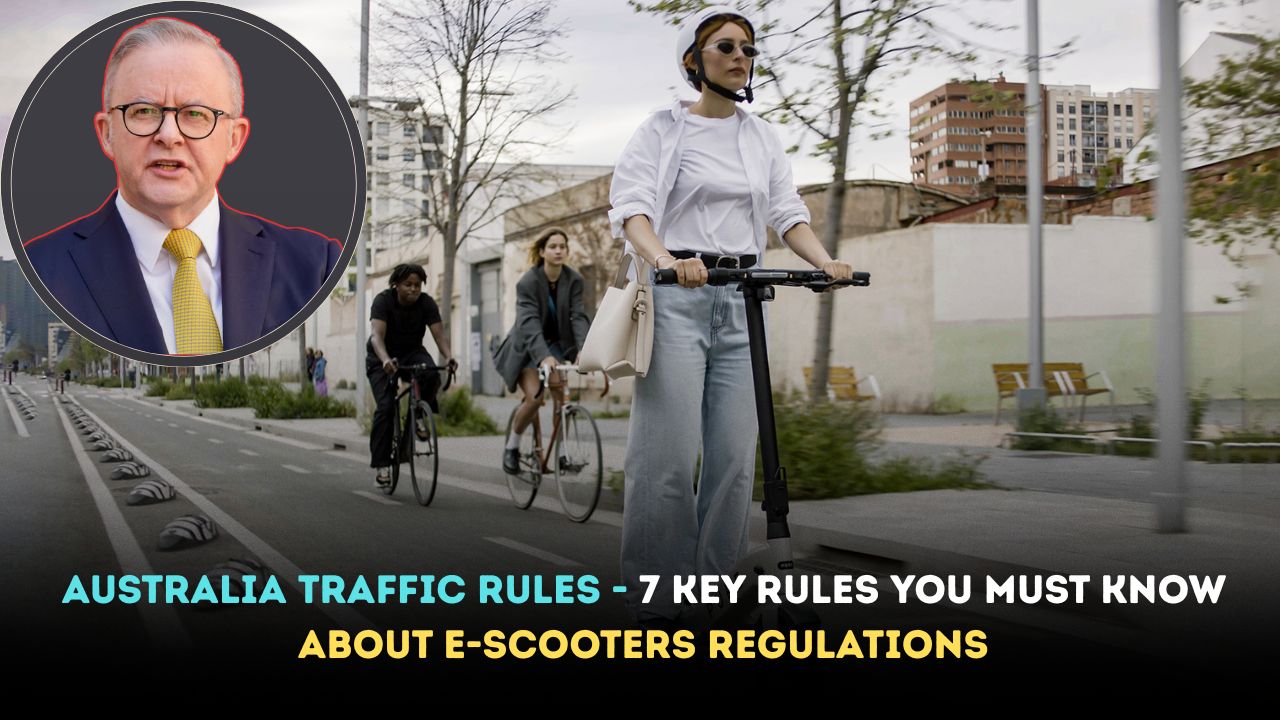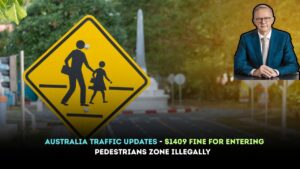Join on WhatsApp
Get the latest updates directly on WhatsApp – motivation, news & more!
With their convenience and eco-friendly nature, electric scooters and bikes (PMDs) have become increasingly popular in cities for urban mobility. In 2021, governments made some changes in order to ensure the safety of both riders and pedestrians. These changes aim to ensure there is sufficient control over use of PoDs to make sure there are no public safety issues.
Areas where usage and speed of PoDs is restricted/rules are imposed
One of the most critical rules that came into force in 2021 relates to speed restrictions also referred to as the speed limit. When riding on the footpath, the speed of an e-scooter or e-bike must never exceed 12km/h, while on e-scooter on residential roads where the speed limit is 50 km/h or lower, the PMDs is restricted to a maximum of 25 km/h. Motorized riders are required to use bike paths if available. If there are no bike paths, riders are permitted to use the roadway, but only if the speed limit is low. Also, riders must avoid roads where the speed limit is higher. Consideration is given to pedestrians and PMD riders are required to reduce speed or come to a stop.
The governing bodies and issuers of licenses impose regulations for riders operating personal mobility devices (PMDs) that seek to maintain the governing bodies and issuers of licenses impose regulations for riders operating personal mobility devices (PMDs) that seek to maintain safety and security around riders under 16 and e-scooter applications or usage for road riding. Children between the ages of 10 and 18 are allowed to ride PMDs eithers with the supervision of a parent or legal guardian. However, children below the age of 10 and riding PMDs are only allowed under the supervision of a responsible adult in private or residential locales. These age limitations are used enforce and maintains the safety and responsible enforcement of PMD use, akin to riding bicycles.
Like riders on bicycles, PMD riders are now bound by law to wear protective head gear with the use of a helmet. Riders stand the chance of perishing with sustaining serious head injuries in the course of an accident. Beyond the helmet, safety measures are a fingertip away and riding with ‘lights on’ which has been proven to increase visibility during the night and low-visibility weather conditions such as particular riding.
Legal Factors Restrictively Enforced and Associated Consequences
Legal restrictions on the use of Personal Mobility Devices (PMDs) and the sanctions on their use are fast becoming issues of concern. The use of PMDs while impaired by drugs and alcohol is also outlawed. Also banned is the use of mobile devices while riding, the carrying of passengers while riding, the towing of other vehicles, riding on designated roads with prescribed speed limits, and riding on designated roads with prescribed speed limits. For compliance with the prescribed rules, fines and penalties, some areas increased the fines and penalties to counter the blame for careless riding
Public Safety and Effects of Implementation
With the establishment of these rules in 2021, some regions have recorded enhanced safety of shared and designated pathways and roads decreasing the involvement of Personal Mobility Devices (PMDs) in accidents. As the popularity of PMDs grows, other authorities are still monitoring emerging issues and adapting the regulations to deal with the issues. Safety education campaigns support the legal measures to support riders in complying with the rules and help create safe spaces for all path and road users
. Personal Mobility Device riders have the responsibility to access and understand the 2021 changes to the regulations in their own interest to comply and enhance safety. The increase of e-scooters and e-bikes in circulation in the region makes these rules most necessary for the common safety and protection of riders, pedestrians, and vehicle users on the roads and pathways.
Comprehending and following the rules of speed limits and age restrictions, the wearing of helmets, and the rules of use will allow the safe enjoyment of PMDs as a sustainable and efficient means of transport. Continuous education and enforcement will be crucial in determining the future of personal mobility within cities.



